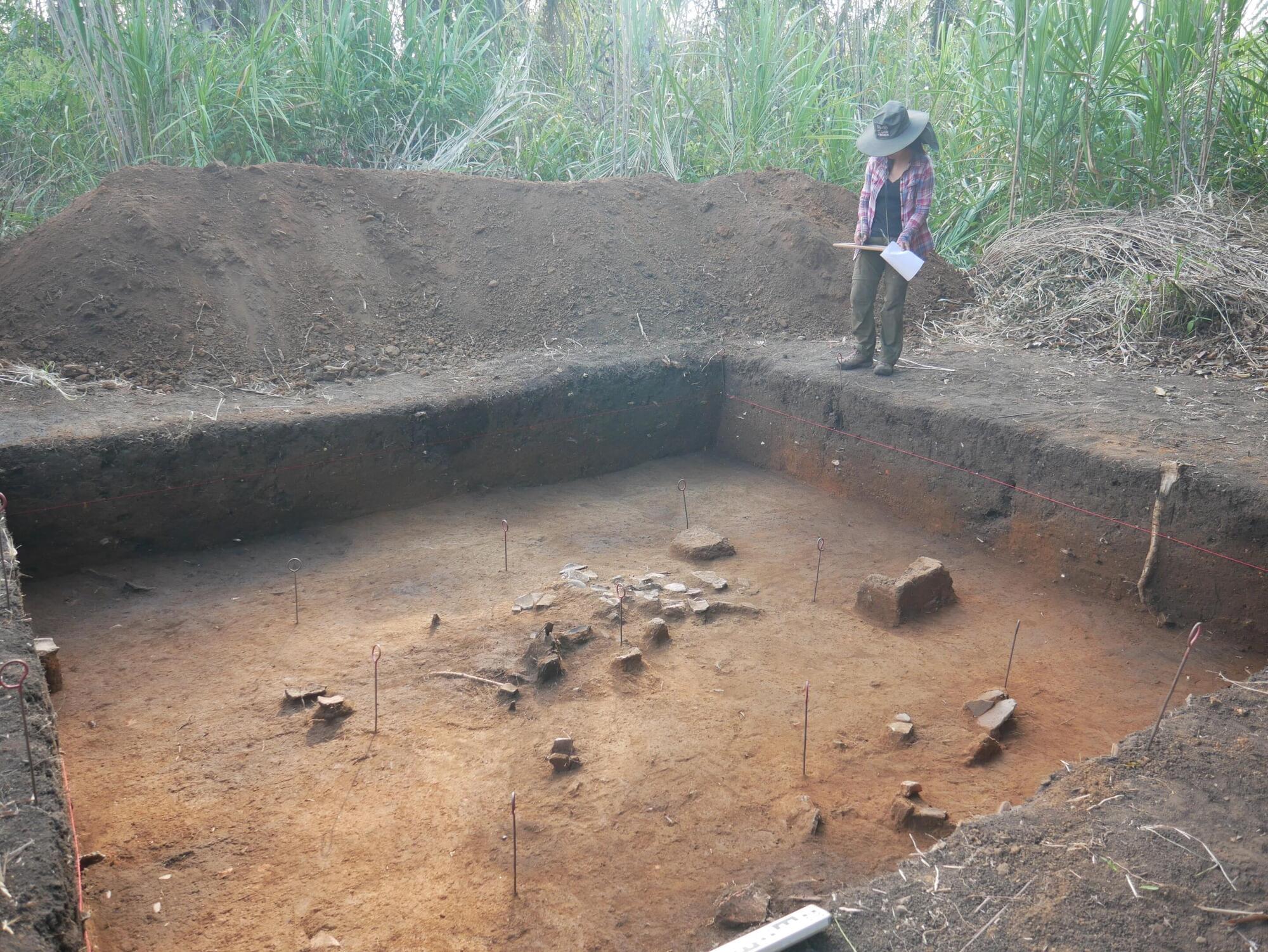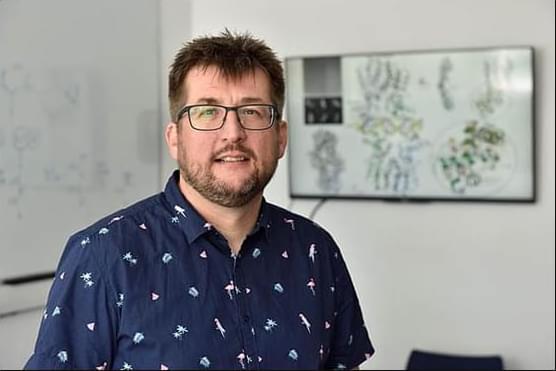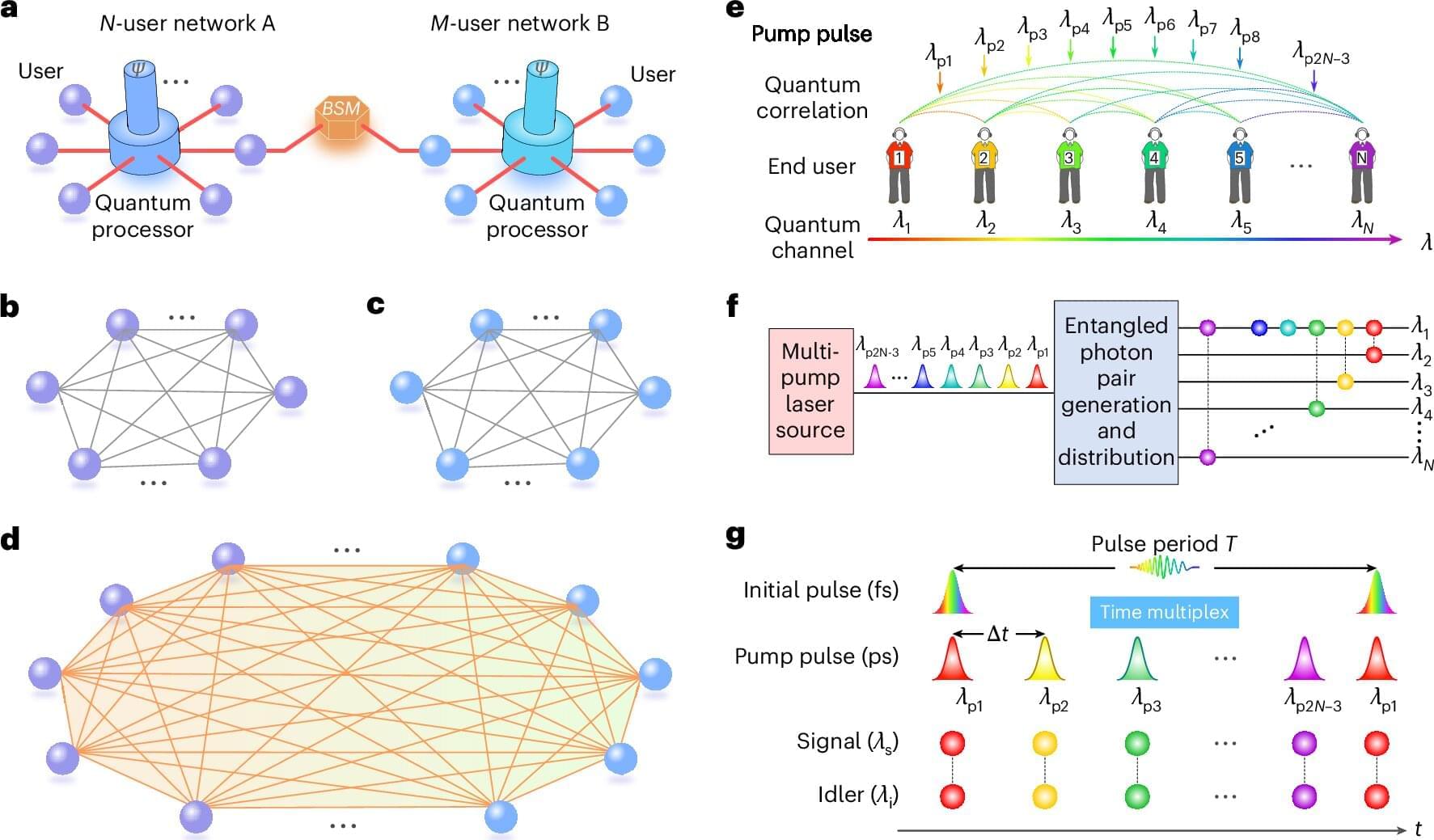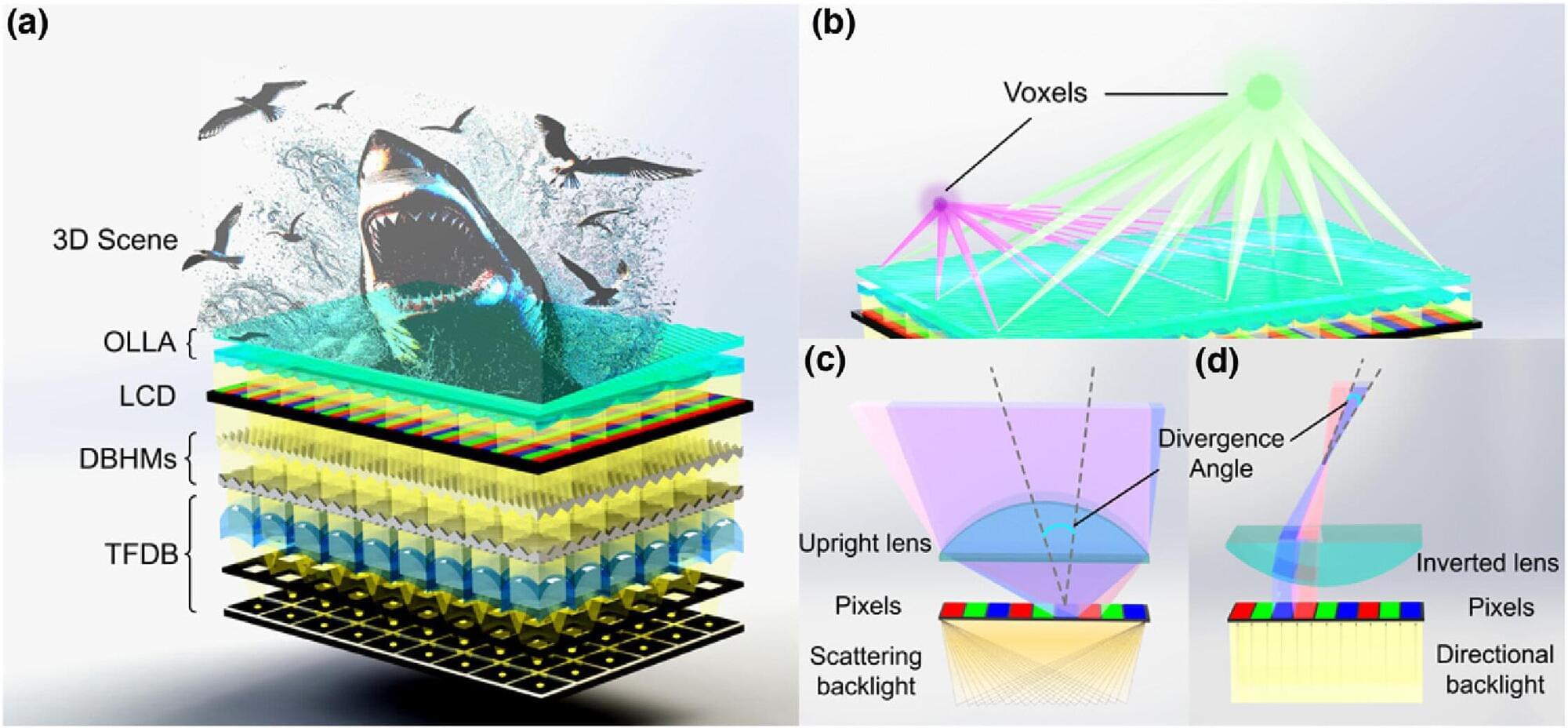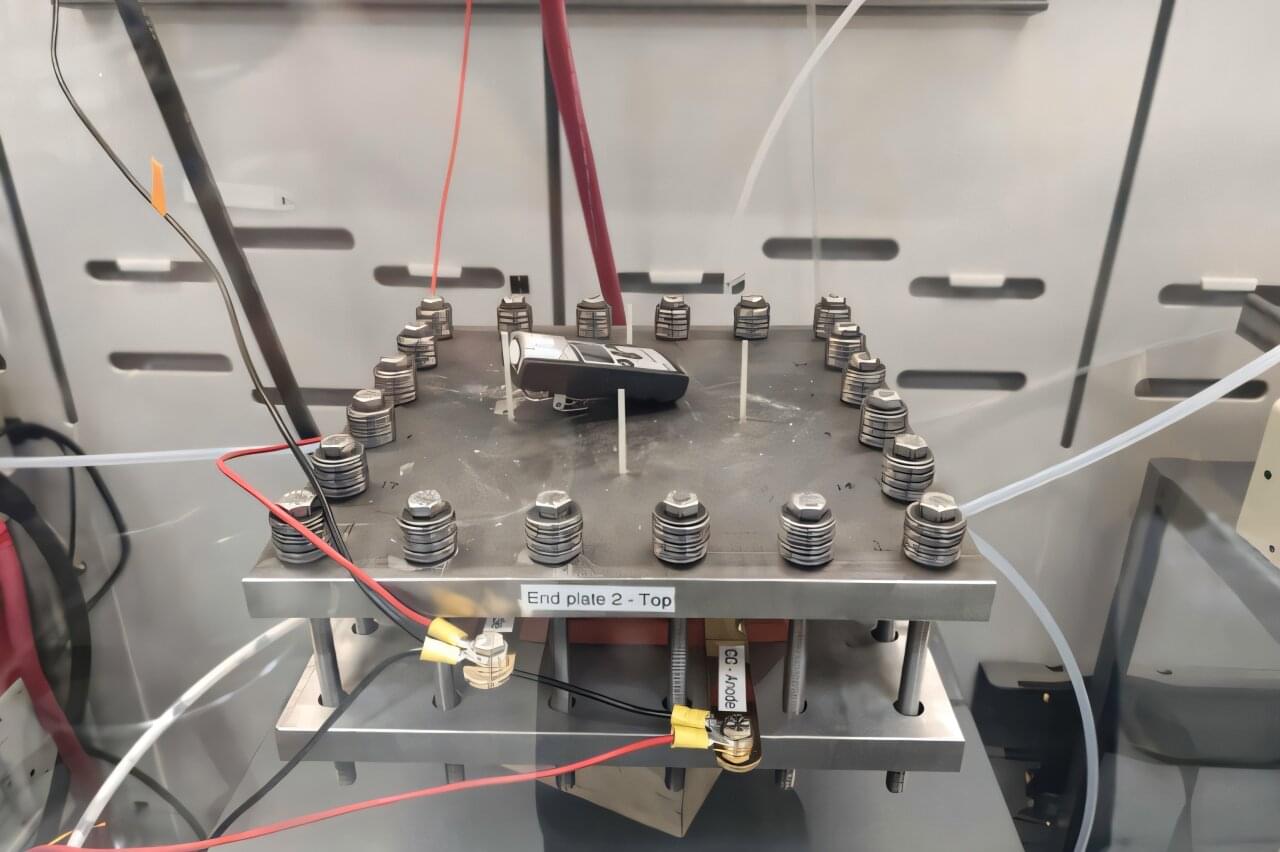In September 2021, a multidisciplinary expedition explored one of the least-known regions of the Bolivian Amazon: the Great Tectonic Lakes of Exaltación in the department of Beni.
Organized by the Grupo de Trabajo para los Llanos de Moxos (GTLM), the mission brought together researchers from the Wildlife Conservation Society, the National Museum of Natural History, the Institute of Ecology, the Biodiversity and Environment Research Center, the Aquatic Resources Research Center, and the Department of Anthropology of the Americas at the University of Bonn.
